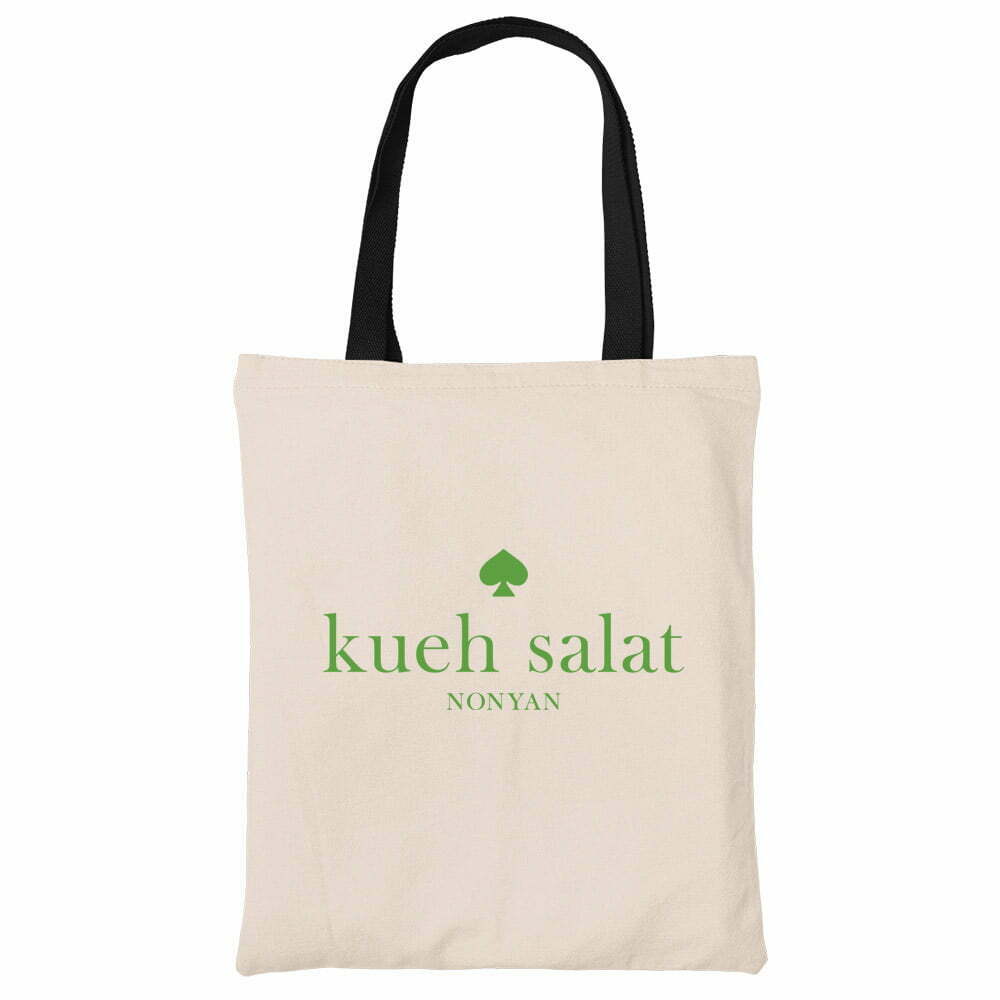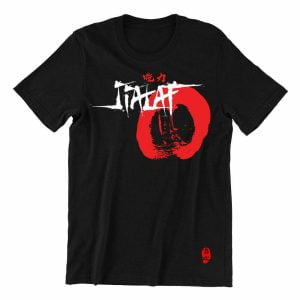What Exactly Is Kueh Salat?
Ah, Kueh Salat. The name alone makes any Singaporean smile. This delightful treat is a two-layered wonder of Peranakan cuisine, combining the best of both worlds: the bottom layer is a soft, slightly sweet glutinous rice, tinted a beautiful blue by butterfly pea flowers. The top layer is a rich, creamy custard made from coconut milk and pandan juice. It’s like having your cake and eating it too, only better because it’s kueh. If you’ve never had it, imagine biting into a cloud that’s been kissed by pandan and coconut—it’s that good.
Where Did Kueh Salat Come From?
Kueh Salat, like many of Singapore’s beloved dishes, has a rich cultural heritage. It hails from the Peranakan (Straits Chinese) community, a beautiful blend of Chinese and Malay influences. This dessert is a testament to the Peranakans’ knack for combining flavors and textures in the most delightful ways. Legend has it that Kueh Salat was created by a Peranakan matriarch who wanted to impress her in-laws with something that looked as good as it tasted. And thus, this little square of joy was born, capturing hearts and taste buds across generations.
Why Do Singaporeans Love Kueh Salat?
Why do we love Kueh Salat? The better question is, how could we not? It’s the perfect combination of flavors and textures, all wrapped up in a neat little package. The glutinous rice is chewy and slightly sweet, the pandan custard is rich and fragrant, and together, they create a harmony that’s nothing short of magical. Plus, it’s the kind of dessert that looks as good as it tastes. Bring a plate of Kueh Salat to any gathering, and watch as eyes light up and hands reach out. It’s a guaranteed crowd-pleaser.
How Do You Eat Kueh Salat Without Making a Mess?
Eating Kueh Salat can be a bit of a challenge, but it’s one worth taking on. First, you need to cut it into small, manageable squares. Use a sharp knife to get clean edges—trust me, it’s worth the effort for that Instagram-worthy shot. Then, pick up a piece with your fingers or a fork, depending on how fancy you’re feeling. Take a bite, savor the layers, and try not to eat the whole plate in one go. It’s easier said than done, I know.
Can Kueh Salat Be Part of a Balanced Diet?
Can Kueh Salat be part of a balanced diet? Of course! Let’s break it down: the glutinous rice provides carbs for energy, the coconut milk offers healthy fats, and the pandan juice is basically a green vegetable, right? Okay, maybe that’s stretching it a bit, but the point is, Kueh Salat brings joy, and that’s a vital part of any diet. Life’s too short to skip dessert, especially when it’s as delicious as Kueh Salat. So go ahead, have another piece. Your taste buds will thank you.
What Makes a Great Kueh Salat?
A great Kueh Salat is all about balance. The rice layer should be tender and slightly sweet, with just a hint of the blue from the butterfly pea flowers. The custard layer needs to be smooth, creamy, and fragrant with pandan, not too firm but not too wobbly either. The two layers should complement each other perfectly, creating a bite that’s rich yet light, sweet yet subtly savory. If you find a Kueh Salat that ticks all these boxes, you’ve struck gold.
Where Can You Find the Best Kueh Salat in Singapore?
Singapore is a treasure trove of Kueh Salat goodness, with countless bakeries and hawker stalls offering their versions of this classic dessert. Head to Bengawan Solo for some of the most popular and consistently delicious Kueh Salat. Check out traditional Peranakan restaurants like Violet Oon or Kim Choo Kueh Chang for an authentic experience. Each place has its own twist, so it’s worth trying a few to find your favorite. Wherever you go, you’re in for a treat.
So, next time you’re in the mood for something sweet and utterly satisfying, skip the chocolate cake and reach for Kueh Salat. It’s not just a dessert; it’s a little slice of Singaporean heritage and happiness.








